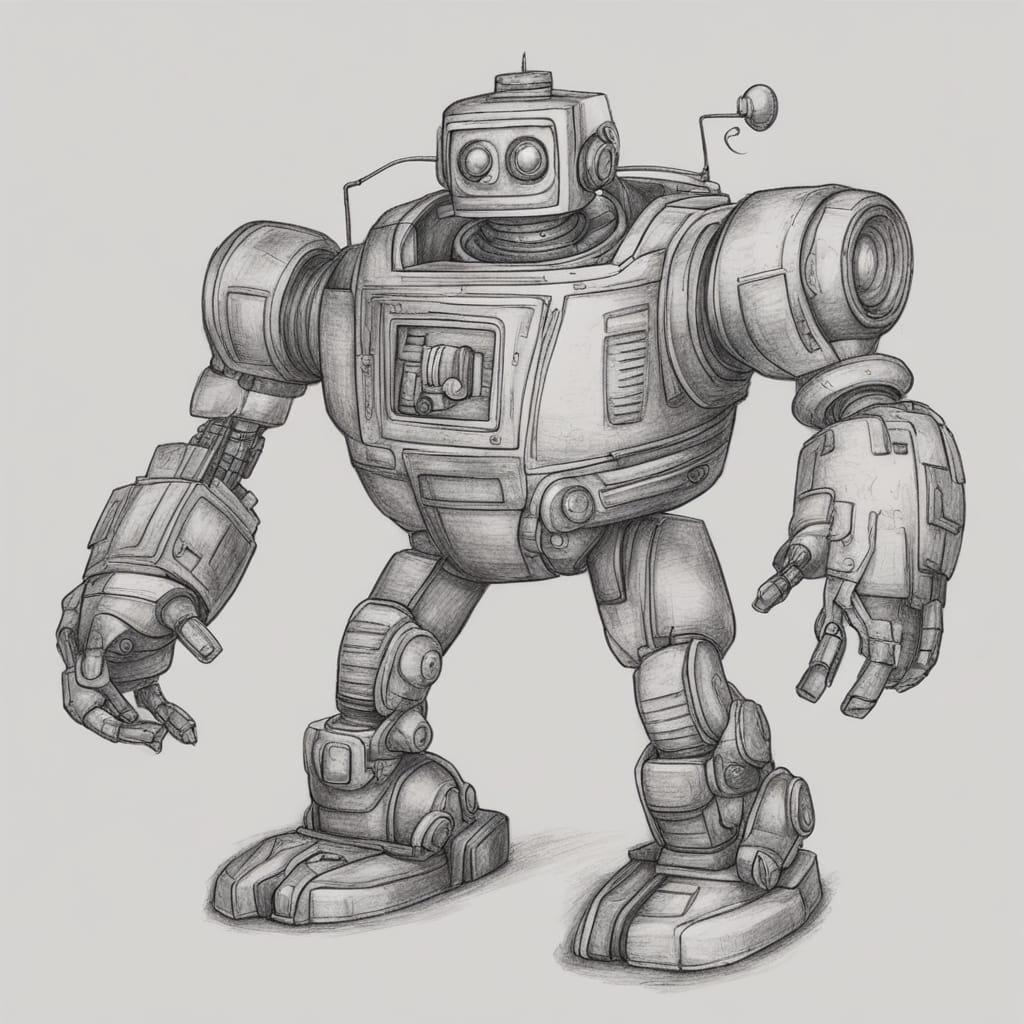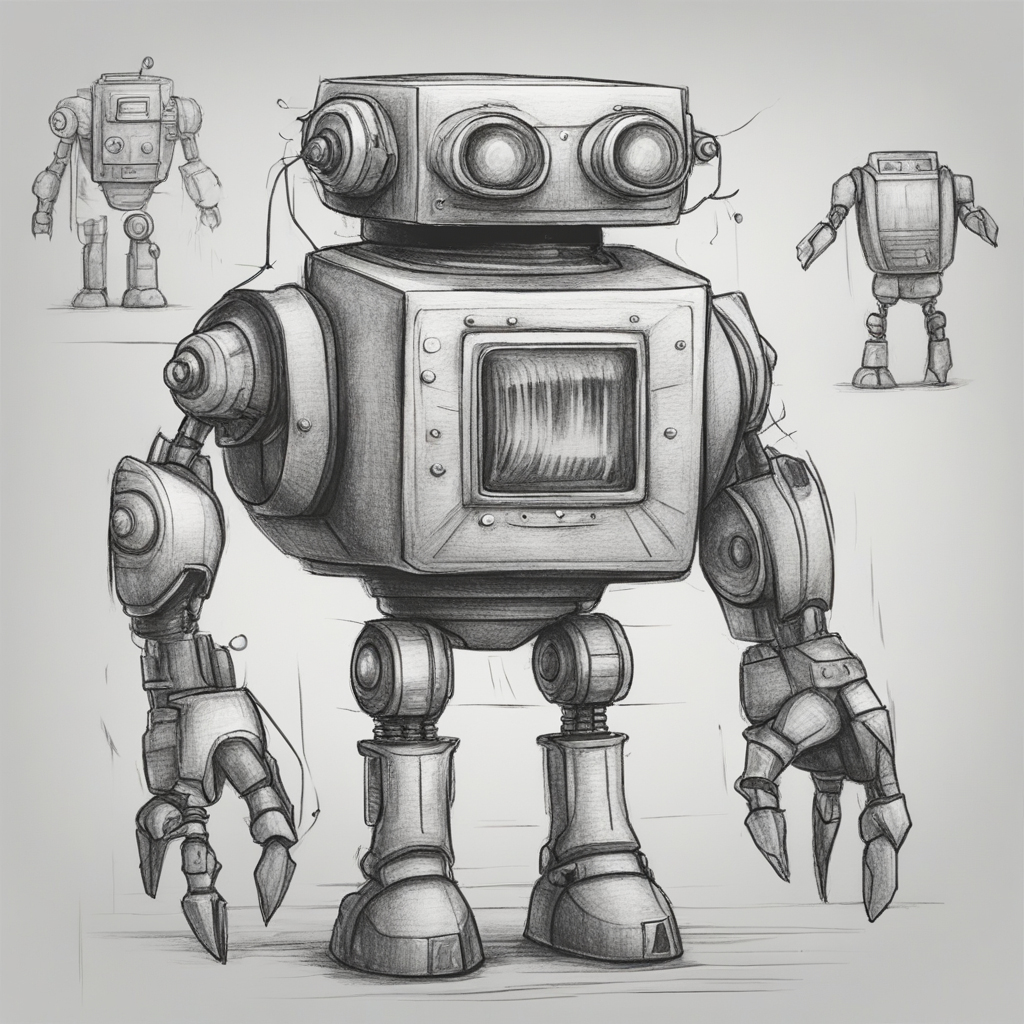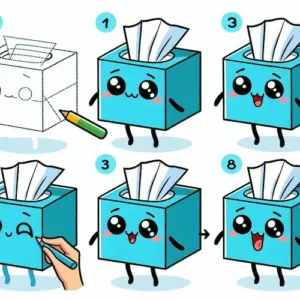An artistic endeavor that is both rewarding and pleasurable is drawing a portrait of another person. Engaging in the task of drawing a portrait of Robert, a family member, acquaintance, or even a celebrity promises to be an enjoyable and imaginative experience. This instructional manual will provide a systematic progression on how to generate an authentic and engrossing likeness of Robert. This guide will assist any artist, regardless of skill level, in capturing the substance of their subject on canvas or paper.
Table of Contents
Materials Required:
Prior to beginning to draw, ensure that the following materials are readily available:
Select an appropriate surface, such as canvas or paper, for your portrait. Canvas, sketch paper, or drawing paper may be utilized, contingent upon individual inclination and proficiency.
To accomplish a variety of tones and details, a selection of graphite pencils with varying lead hardness (e.g., 2H, H, HB, 2B, 4B, 6B).
For delicate corrections, utilize a kneaded eraser; for more precise line removal, employ a regular eraser.
Blending stumps or tortillons are examples of blending instruments used to soften and blend pencil strokes.
A well-lit, crystal-clear photograph of Robert that can be utilized as a reference. Elect a photograph that accentuates the attributes and intricacies that you wish to record.
Step 1: Study Your Reference Photo
Invest some time in examining your reference image in detail. Consider Robert’s distinctive attributes, including his facial features, expressions, and any other pertinent details, when creating your portrait. This preliminary research will facilitate comprehension of the topic and direct your artistic endeavors.
Step 2: Outline the Basic Structure
Implement a light pencil (2H or H) to depict Robert’s facial features in a sketchy manner. Begin by drawing a circle to represent the head, then proceed to incorporate lines to represent the eyes, nostrils, and mouth. Ensure the placement and proportions are precise.
Step 3: Define the Features
Now, incrementally improve your sketch by augmenting the level of detail in the mouth, eyes, and nose. Pay close attention to the shape and relative positions of each feature. At this stage, disregard shading and details and concentrate on perfecting the structure.
Step 4: Block in Shadows and Highlights
To establish depth in the portrait, start by applying shading. Subtle shading should be performed with a softer pencil (e.g., 2B or 4B) in shadow-prone areas, including beneath the eyes, forehead, and chin. Reduce the amount of shading on the highlighted areas, such as the forehead and cheekbones.
Step 5: Add Texture and Details
Further develop your drawing by imbuing Robert’s complexion, hair, and clothing with texture. Consider the orientation of hair filaments and the minute characteristics of the eyes, such as the iris and eyelashes. An assortment of pencil grades may be employed to attain distinct degrees of darkness.
Step 6: Blend and Shade
Blending stumps and tortillons are examples of blending implements that can be used to reduce and smooth shading. This contributes to a less “pencil-like” and more realistic appearance. Gradually incorporate shading and highlights to impart depth and dimension to the portrait.
Step 7: Fine-Tune and Make Corrections
In order to evaluate your drawing, you should stand back. Apply any required modifications or refinements to guarantee that the portrait of Robert faithfully represents his appearance. It is imperative to diligently observe particulars, proportions, and any discernible flaws.
Step 8: Final Touches
As required, incorporate final details and refinements. At this moment, your portrait should truly shine. Be mindful of the minute characteristics that distinguish Robert, and do not hesitate to invest additional time refining your drawing.
Frequently Asked Questions
How do I select an appropriate reference image for my portrait?
Select an image that is well-lit and contains distinct details.
Ensure that the photograph captures the desired features and expression.
Images with a high resolution are optimal for capturing minute details.
How can one most effectively preserve proportional accuracy when composing a portrait?
Commence with fundamental forms and crudely delineate the framework.
Consider the photograph as a reference when contrasting the proportions of facial features.
As necessary, make adjustments to preserve precise proportions.
How do I impart realism to the shading in my portrait?
Begin with a light shading and increase the darkness progressively.
An assortment of pencil grades can be employed to generate distinct tones.
Utilize blending tools to achieve a more seamless appearance by blending the shading.
What steps should I take if Robert does not appear in my drawing?
Step back and assess your own work.
Verify for discrepancies by comparing it to the reference image.
Implement essential revisions in order to enhance precision.
May I substitute mediums for pencils when creating a portrait?
It is possible to utilize charcoal, pastels, and digital instruments.
Explore various artistic mediums in order to determine your personal approach.
What is the duration required to finish a portrait of Robert?
The time required is variable and depends on your level of expertise and attention to detail.
A single portrait may require several hours to several days to complete.

Conclusion
The creative process of depicting Robert, or anyone else, in a portrait requires perseverance and skill. Bear in mind that each artist possesses a distinct artistic approach; thus, your artistic interpretation will manifest in the portrait of Robert. You can create a beautiful, lifelike representation of your subject that depicts their essence and personality with some diligence and practice. Do not be afraid to experiment and improve your abilities as you travel. Have fun!
Check out this fun tutorial for a simple guide on how to draw a fan, perfect for little artists! This guide offers simple steps to assist little creators in sketching this everyday object!





